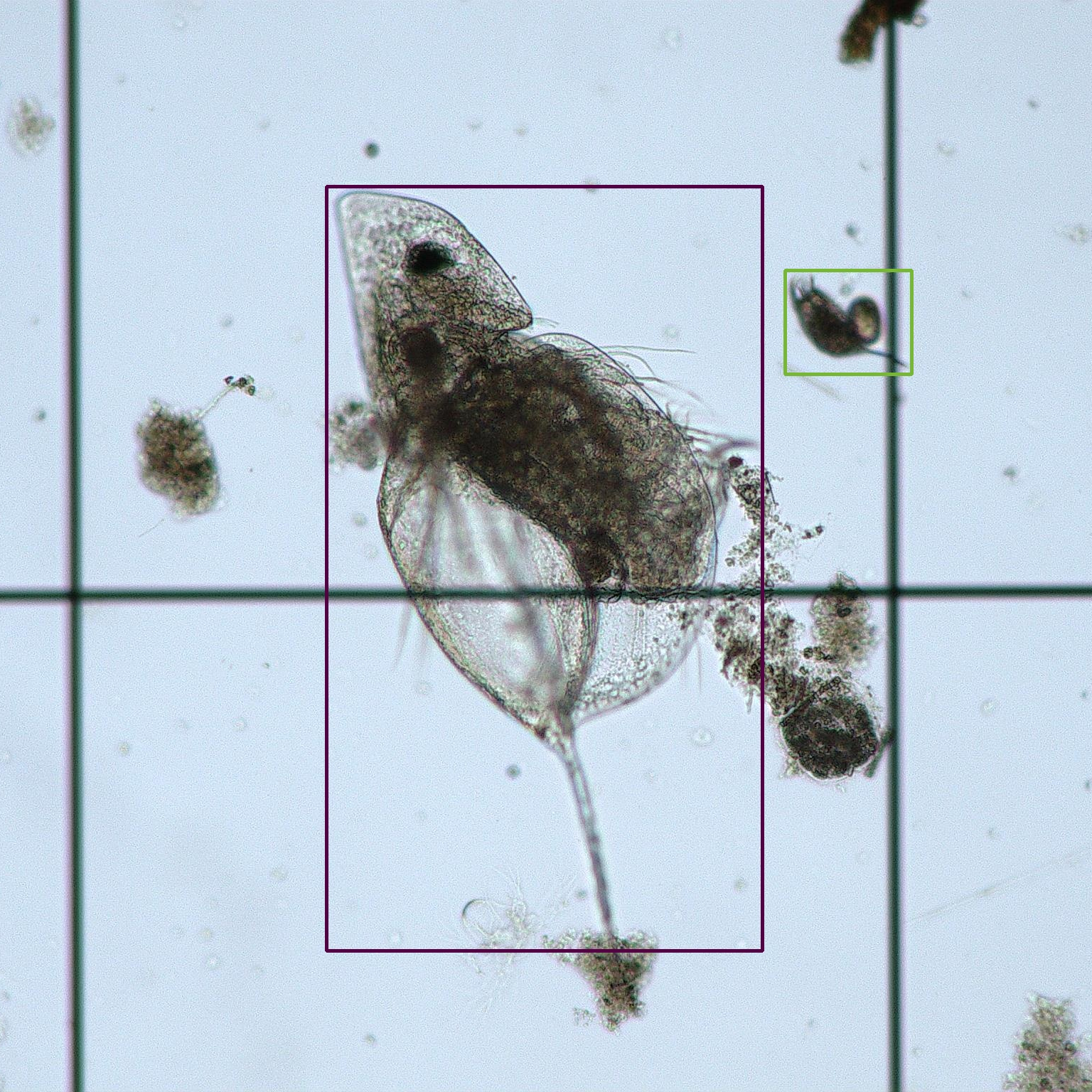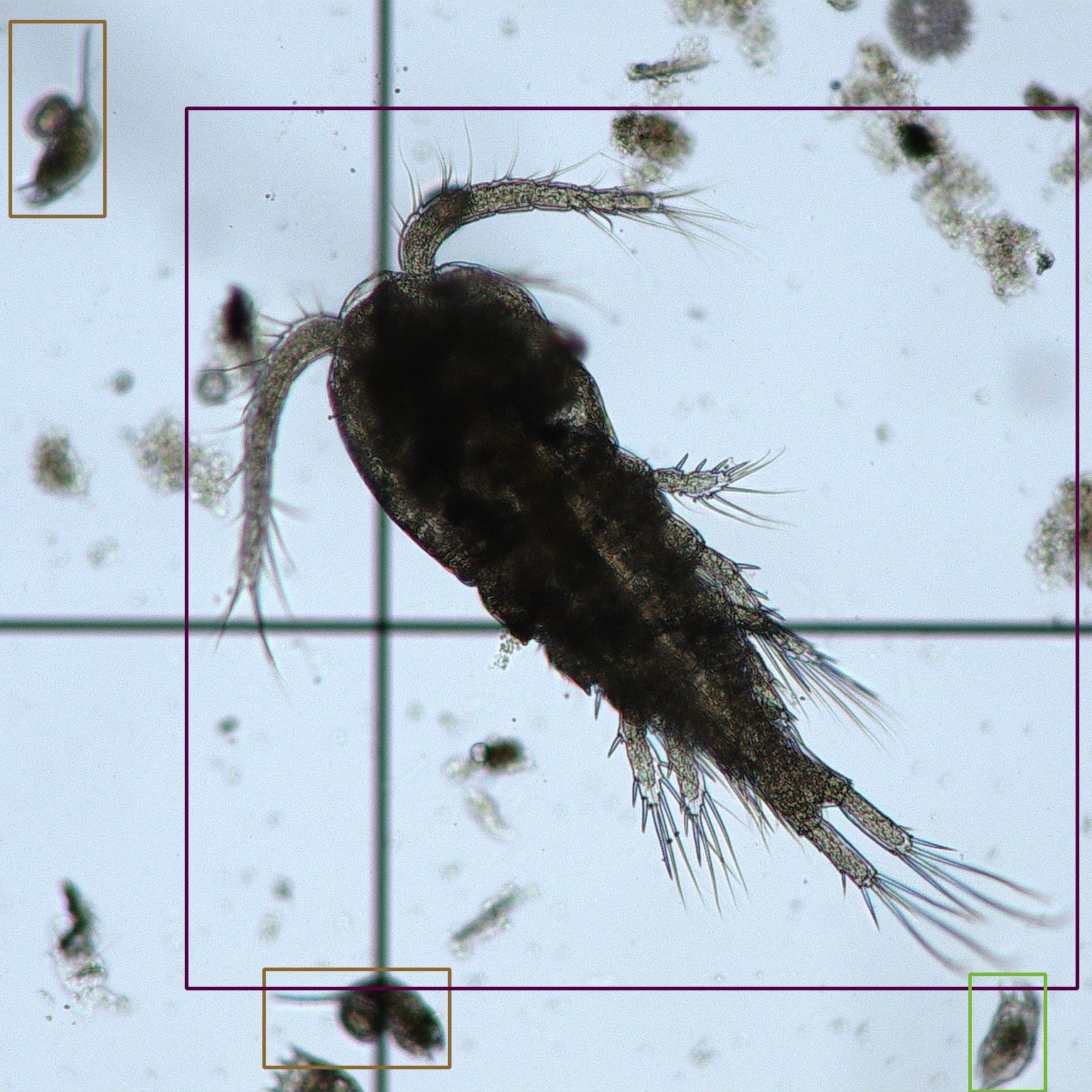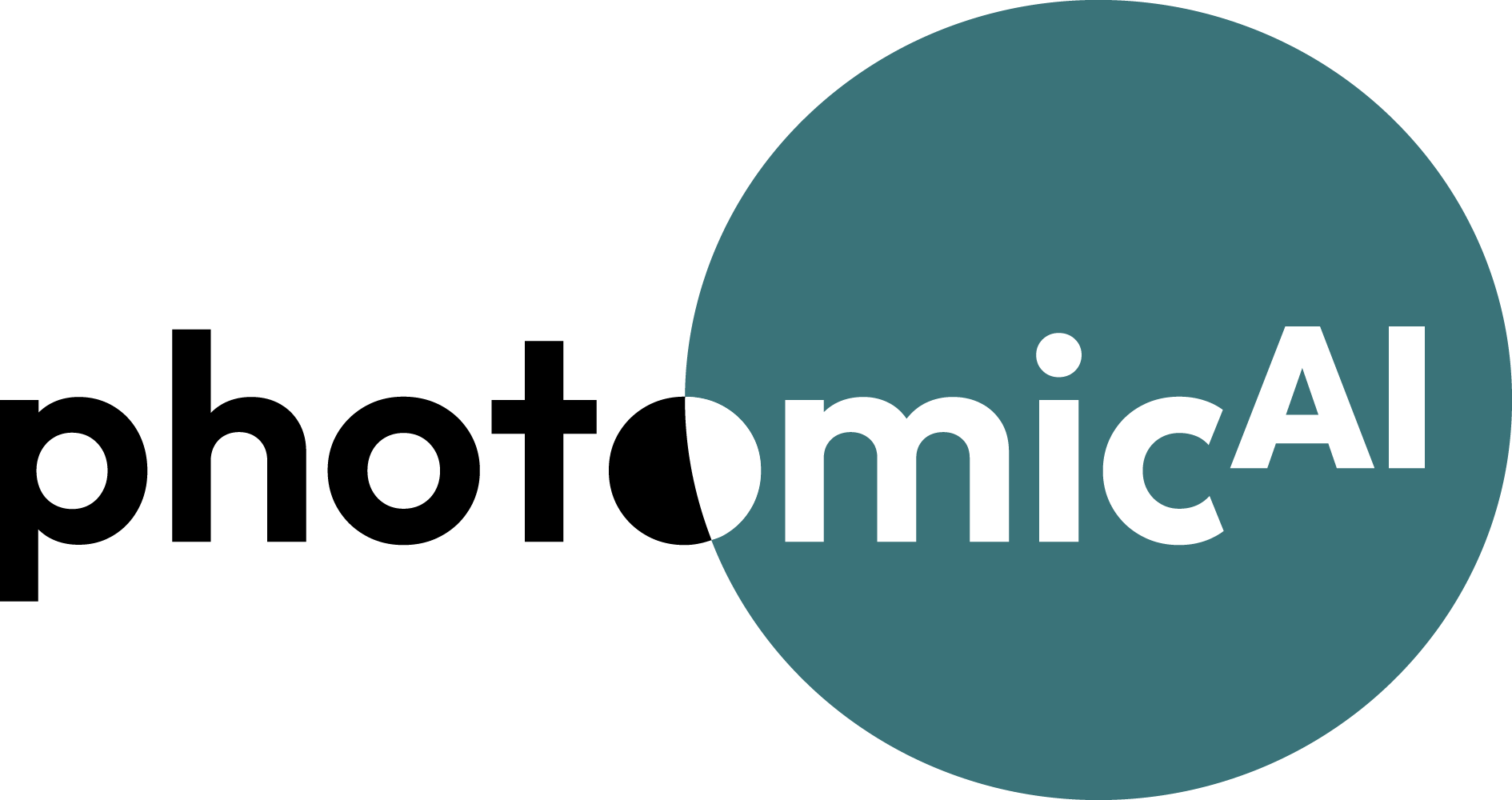Climate change is altering our oceans. Acidification, warming, excess nutrient loads, and the occurrence of harmful algal blooms are causing damage to humans, animals, and the economy. Monitoring zooplankton—primary consumers and essential components of marine food webs—adds value by enabling early detection of ecological risks and supporting the protection of our waters. The goal of this research project is to enhance the AI-based analysis software developed in the previous PLANC project by adding functionality for the detection and taxonomic classification of zooplankton. Additionally, the training dataset and AI model for phytoplankton will be extended, especially for use cases in marine research involving autonomous and real-time-capable microscopes.



Zooplankton in Aquatic Ecosystems
Zooplankton is increasingly recognized as a valuable indicator of ecosystem health due to its sensitivity to environmental changes. As primary consumers, many zooplankton species feed on microalgae and bacteria, thereby shaping aquatic food webs. In doing so, they significantly contribute to improving water quality by curbing algal blooms and reducing microbial loads.
Zooplankton analysis can reveal changes in the pelagic food web that would remain hidden when investigating only phytoplankton or fish. Targeted zooplankton monitoring provides specific metrics, such as average body size and species composition, that are useful in the following areas:
- Assessing the ecological condition of water bodies
- Biomanipulation to control algal growth and bacterial contamination
- Biological wastewater treatment and pathogen elimination
- Quality control of microalgae cultures
- Zooplankton as a food source in aquaculture
Systematic acquisition and AI-based analysis of zooplankton enables more precise, sustainable, and effective ecological water management.
AI-Based Analysis of Zooplankton
The PLANC 2 research project focuses on developing, training, and evaluating AI models for the detection and taxonomic identification of zooplankton. For this purpose, an extensive dataset of microscopy images annotated by experts is being compiled. The model architectures and training methods developed in the previous project are optimized and adapted to the visual characteristics of zooplankton. Additionally, the phytoplankton dataset is expanded, and the performance of the trained artificial neural networks is further enhanced.
Special attention is given to use cases in marine research that involve autonomous, real-time-capable microscopes, which differ significantly from laboratory microscopes in terms of the microscopy data they produce.
Analysis Software for Automated Plankton Evaluation
The AI-based analysis software developed in the PLANC 2 project is being further refined and enhanced with new features—especially those supporting faster error correction and taxonomic classification of unknown species. Plankton species not recognized by the trained AI model are grouped using clustering techniques based on visual characteristics. This allows users to more quickly and efficiently assign a taxonomic classification.
 Fraunhofer Institute for Computer Graphics Research IGD
Fraunhofer Institute for Computer Graphics Research IGD
